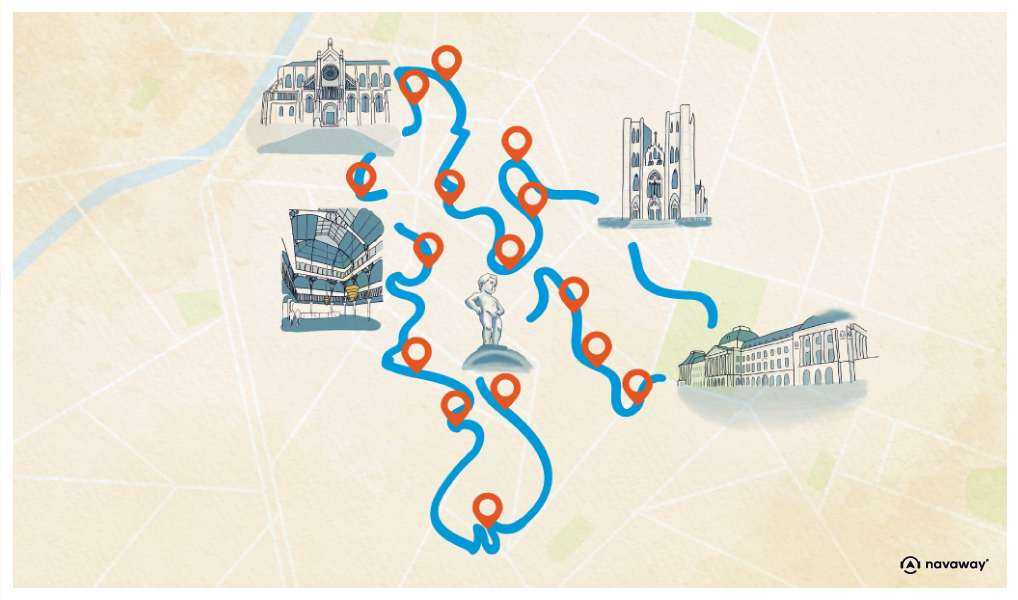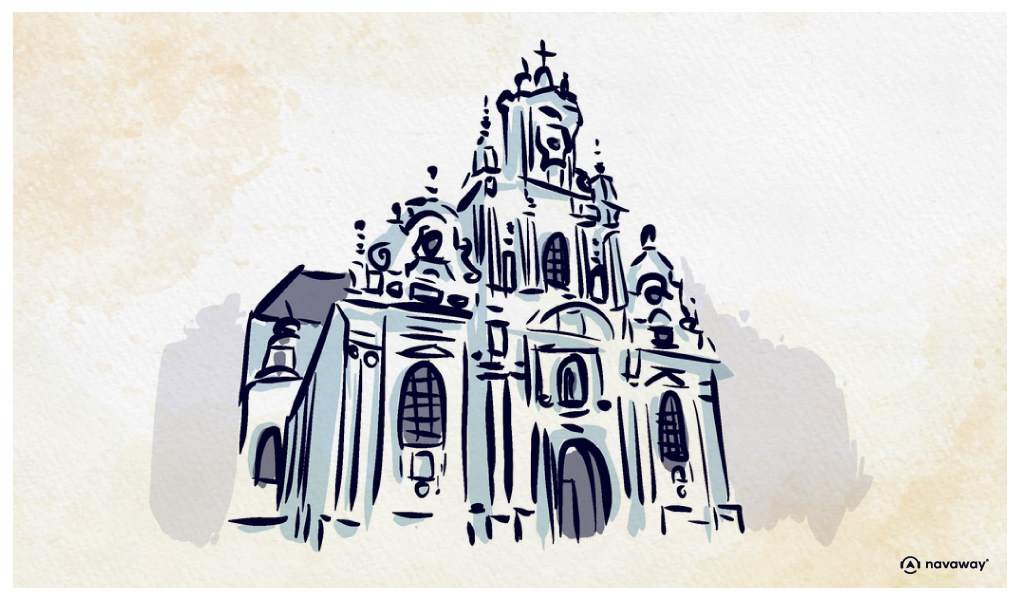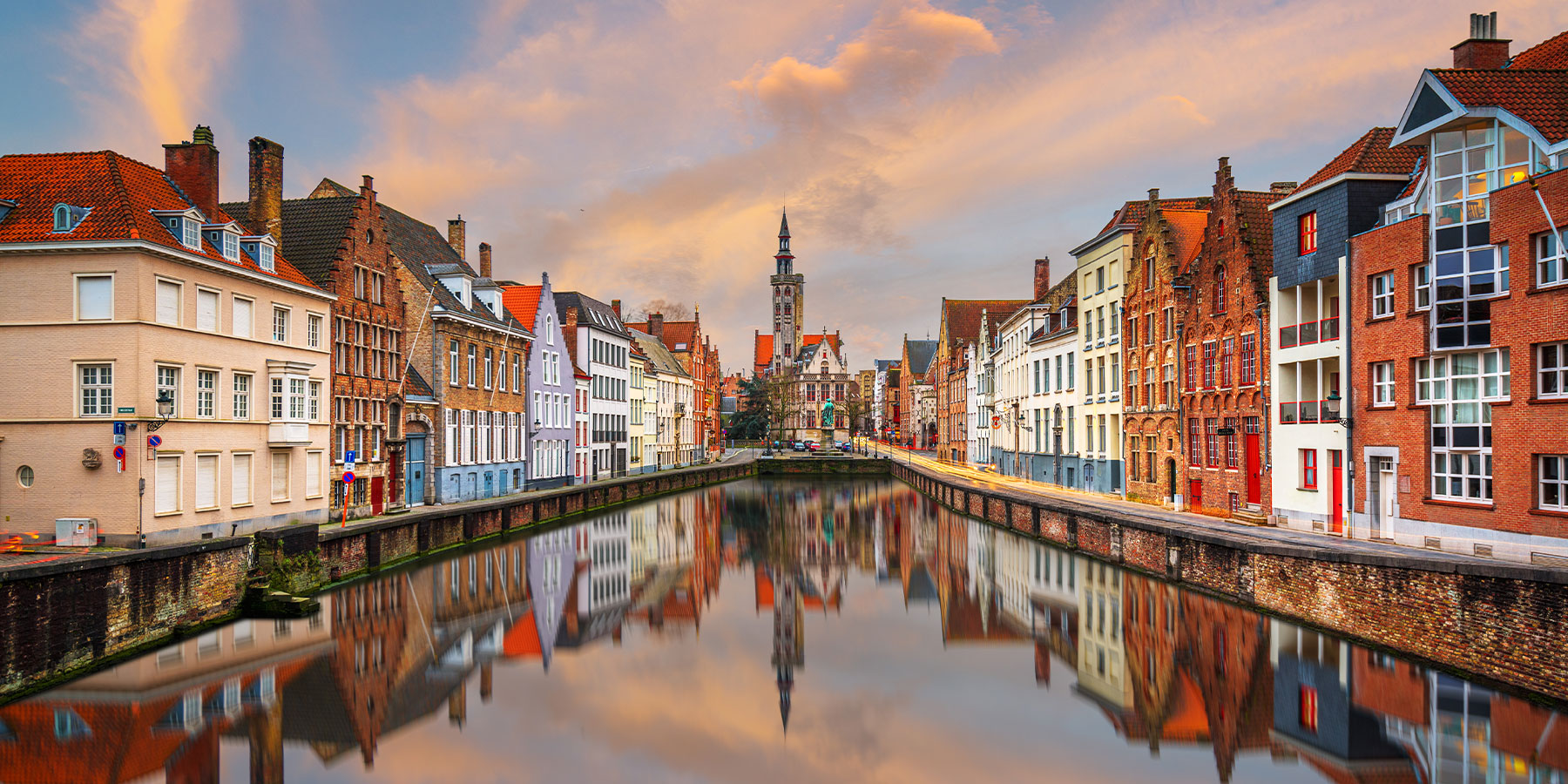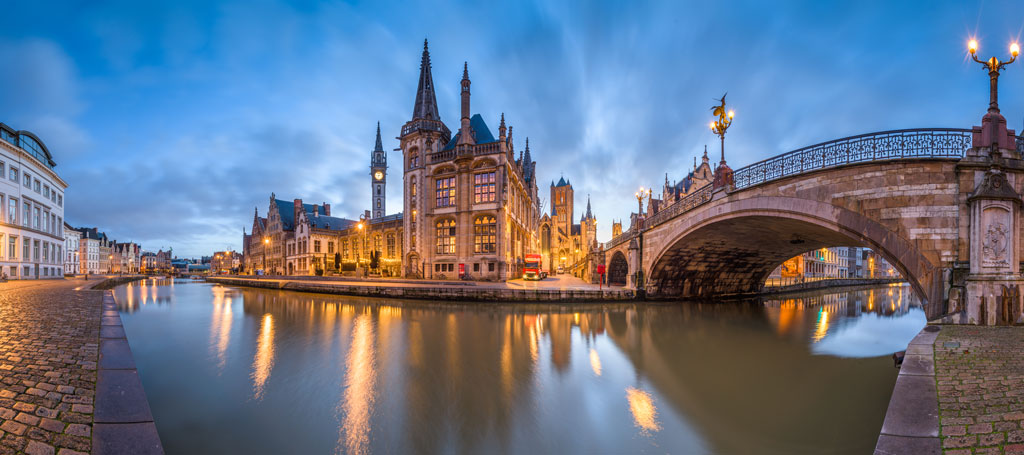
Beguine Church

This point of interest is available as audio on the tour: Visit Brussels, The Beating Heart of Europe
The church before you replaces the former chapel of the largest beguinage in Brussels, dating back to the 13th century. The beguines were not exactly nuns. They were women—usually single or widowed—who were allowed to live in a community under monastic rules without having to take lifelong vows. They had their own mill, laundry, vineyards, and even a hospital! Considering how hard and frowned upon it was to be a single woman back then, the beguinage was actually an amazing solution for many women. Nowadays, social housing initiatives often draw inspiration from medieval beguinages to create group living arrangements, especially for elderly people. The original beguine houses are no longer standing here, and today, the church’s contemporary story is closely linked to the House of Compassion project led by Father Daniel Alliët. Through this initiative, he tries to support the most vulnerable—mainly refugee mothers and children in Flanders, often undocumented and living on the streets. Anyway, if you were wondering, there is a connection between the word “beguinage” and the expression “avoir le béguin” in French—meaning to have a crush on someone. While this expression dates back from the 18th century, its roots actually trace back to the 12th century, though the expression did not have the same meaning back then. The beguine movement began in Liège, in a convent founded by Lambert le Bègue. At the time, beguines wore a delicate headscarf called a “béguin,” and it was said that Lambert had a particular gift for inspiring women to devote themselves to God. This became known as “l’appel du béguin,” meaning the call of the beguine. So “s’embéguiner” meant to surrender oneself blindly to God, and over time, the meaning shifted to “falling in love.” The expression faded for a while before being revived—not in convents, but in brothels, where it was said that the girls who became fond of their clients had “le béguin”. So there you go—ten centuries of evolution behind an expression that began with beguines, yet still used today!


Discover Brussels with app
An interactive guide through the most beautiful streets, squares, and districts
25 fun audioguides full of historical facts, anecdotes, and legends




Comments